If you find our 'virtual stroll' stimulating, why not treat yourself to one of our real guided walks? |
If you find our 'virtual stroll' stimulating, why not treat yourself to one of our real guided walks? |
|
Introduction
|
A Virtual Stroll Around the Walls of Chester A Short History of Chester Railway Station
|
|
 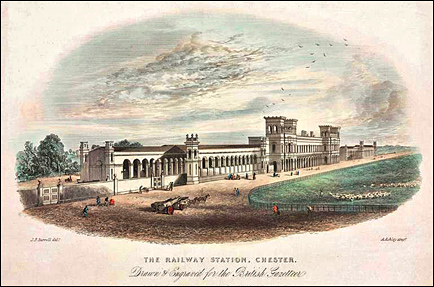 uring the early 1840s the city fathers of Chester were keen to have the newly-proved successful railways introduced to the area to give the citizens and businesses a chance to avail themselves of this relatively fast and cheaper form of transport that had been hitherto unavailable. uring the early 1840s the city fathers of Chester were keen to have the newly-proved successful railways introduced to the area to give the citizens and businesses a chance to avail themselves of this relatively fast and cheaper form of transport that had been hitherto unavailable.Right: the newly-opened station in a rural setting at the edge of the city; sheep graze where the Queen Hotel and City Road are today. The canals and stagecoaches were fairly busy but slower and costlier and not reliable enough so this new form of transport was greatly looked forward to. So, when the Chester to Birkenhead line with its own station was opened on 23rd September 1840 there was great excitement. It was soon followed by the Chester to Crewe line and its own station, opened on 1st October 1840.
On 1st August 1847 the foundation stone was laid for the new station with Thomas Brassey (left) as the railway builder and contractor and the chosen architect was the celebrated London-based Francis Thompson. As traffic increased during the 1860s and 70s, so did the need to accommodate the greater volume of passengers and freight, and the railway companies decided to extend the station and build two island platforms with two bays and also major buildings which were connected to the original station buildings by an impressive footbridge, which were all completed in 1890. At its peak, in the Edwardian era 1901-1911, there were over 200 trains calling at the station and a staff of over 100 to cope with the demands of the passengers and goods traffic which also included the Royal Mail letters and parcels businesses. During the First World War period, Chester station saw vast numbers of troops either going to the training camps in North Wales or travelling to the Western Fronts in either France or Belgium, many of whom, of course, would not be returning.. The inter-war years were still very busy but the rise of road transport was beginning to have an effect with, for example, trams and then later buses on the streets of the city, connecting the station with a direct service to the city centre and suburbs.
During the Second World War, the railways played a major role in moving troops and ammunition, and Chester station saw great numbers of the traffic movements involved, but there was no direct hit by enemy bombers although a concrete bunker housing signalling equipment was built in case the planes returning from bombing the docks and railways in Liverpool dropped any bombs whilst returning from their sorties. With nationalisation in 1948, the trains, track and everything connected to the railways were run by British Railways, a government organisation which saw modest improvements to the station and rolling stock. This continued until the Railways Act of 1993 which paved the way for privatisation, firstly North Western Trains, then First North Western and since 2003 Arriva Trains Wales which has the franchise until 2018.
Other interesting features are the model owls in the eaves of the roof on Platform 4 which are there to frighten the feral nuisance pigeons.
The recent modernisation of the interior of the station by Arriva Trains Wales has comprised a series of copper-sheet building structures for a new booking office, customer service centre, café express and betting shop as well as providing a Costa coffee shop on the site of the former booking office. It is debateable whether customers / passengers like them or not.. certainly the interior of the station falls far short of its impressive facade! A final item worthy of mention is the now removed former footbridge from the station platforms spanning the railway lines and reaching over to Hoole Road with its own entrance and exit;. very convenient for people on that side of town, but unfortunately, after a small fire, this wooden footbridge was dismantled and removed in the 1960s. I know there's lots more to say about the history of Chester Station, but I hope this brief account will whet your appetite for any tours that you may wish to join and for me to lead or organise.. John Whittingham, Chester City Tour Guide and former Rail Staff WHITTINGHAM50@hotmail.com |
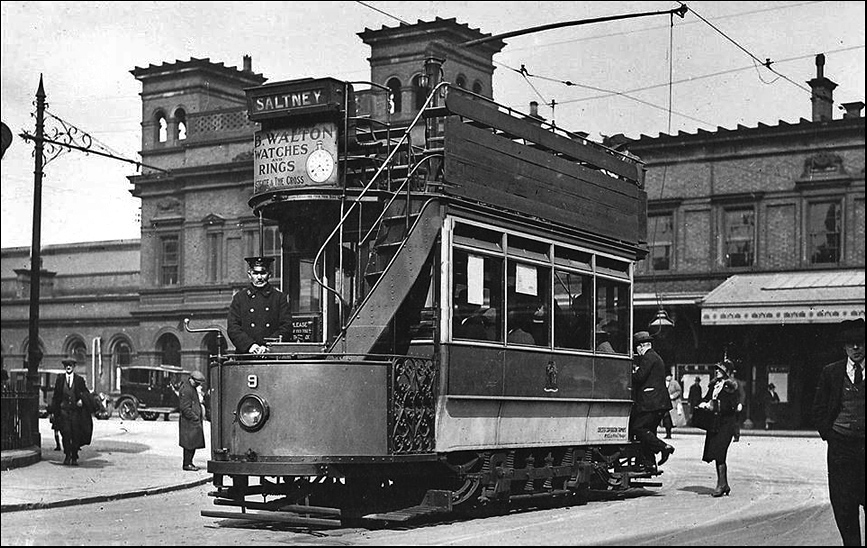
Above and below: trams at Chester Station c 1909
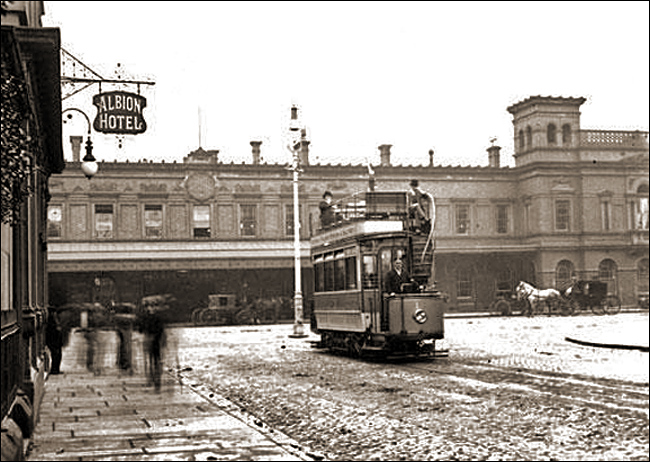
The pub on the left, then the Albion Hotel, is still going strong and known today as The Town Crier
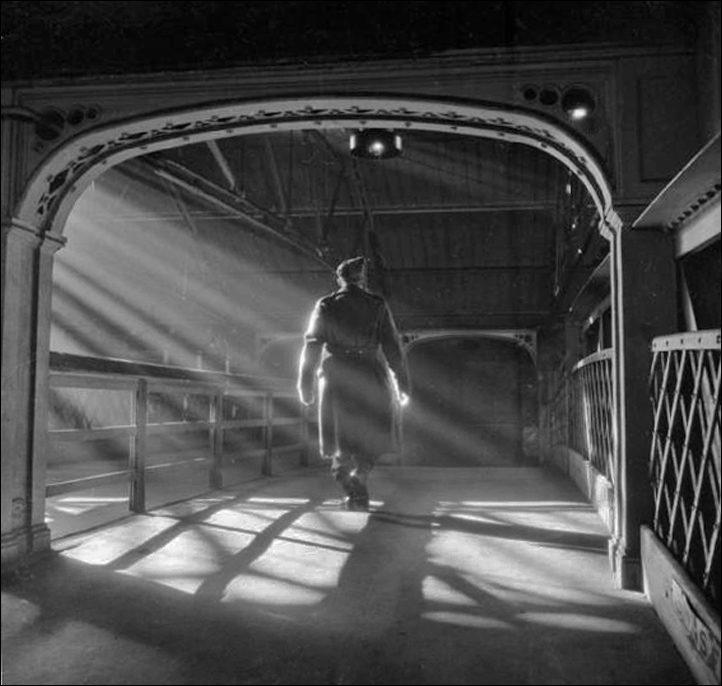
1944
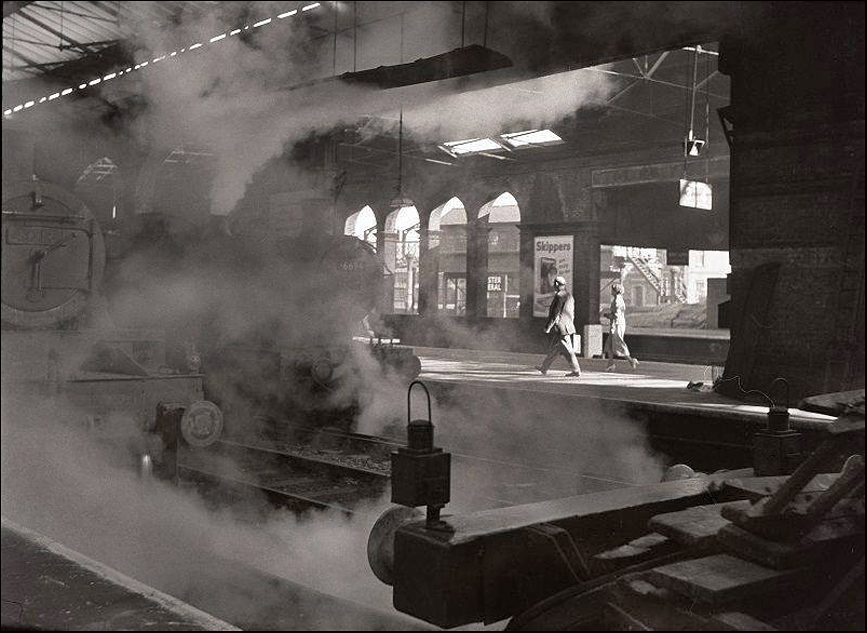
1950s
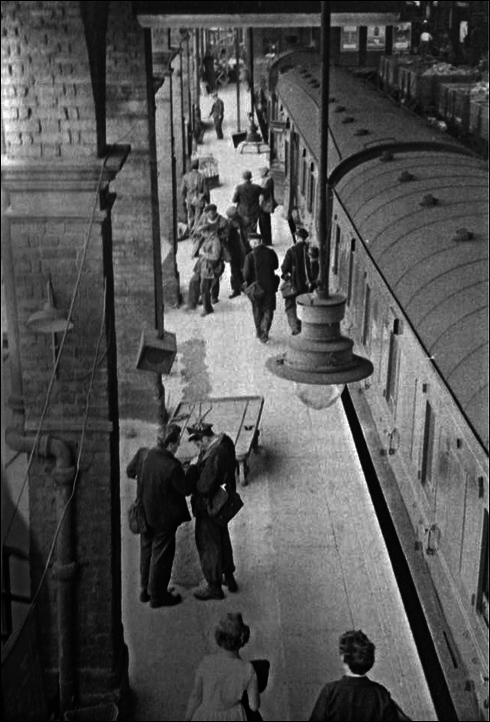
1953
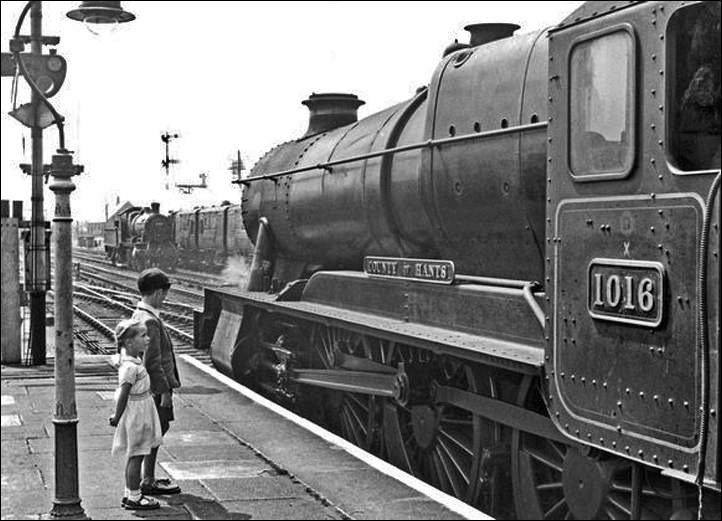
1953
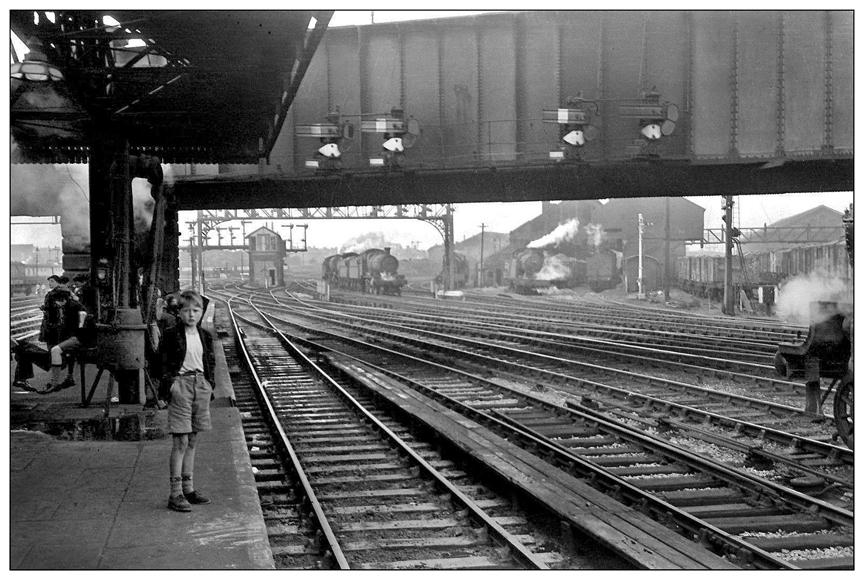
1956
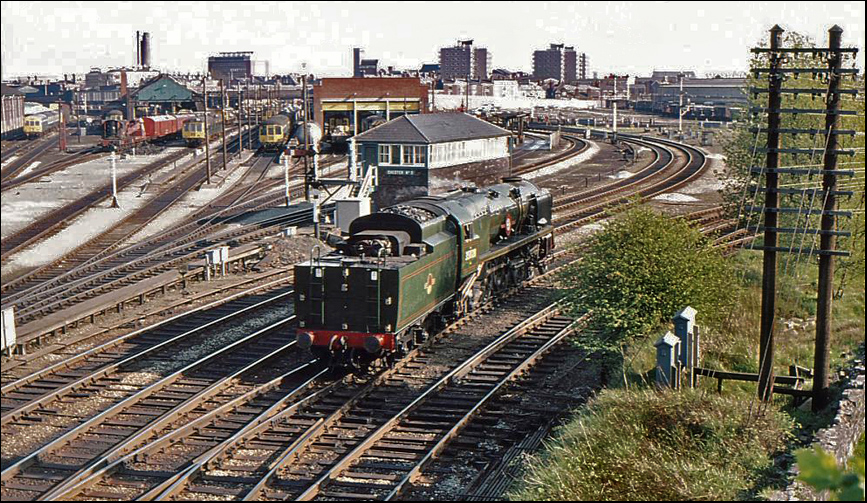
1975
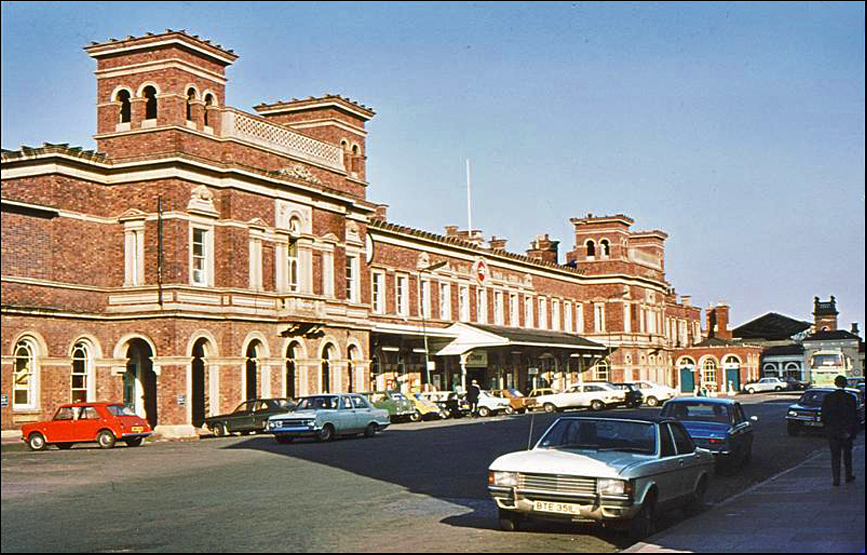
1975
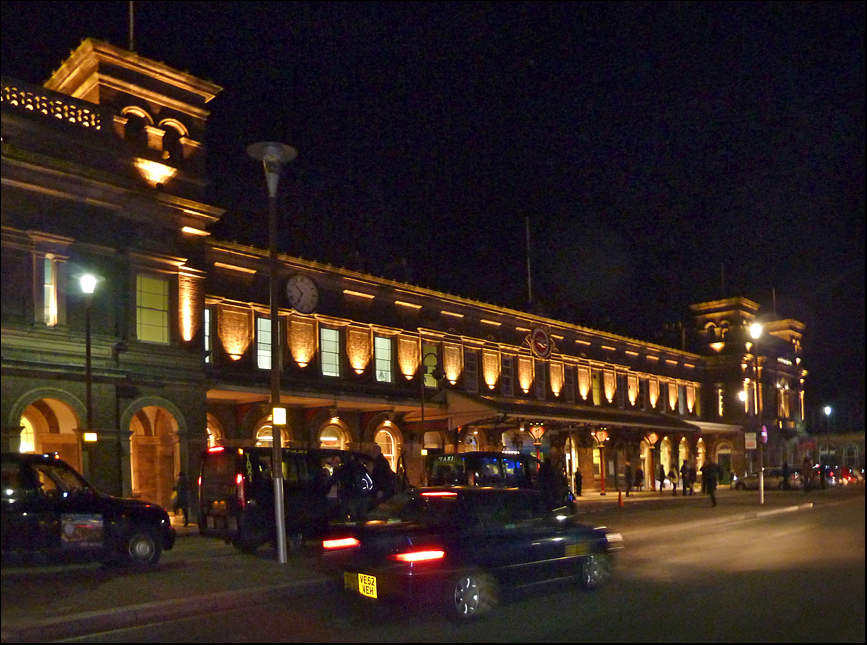
Chester Station at night 2012 ©
Steve
Howe
More information and pictures coming soon!
Help keep the Chester Virtual Stroll growing and up-to-date: please donate! |
Site and contents ©
Steve
Howe
/
B&W
Picture
Place